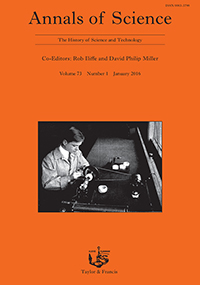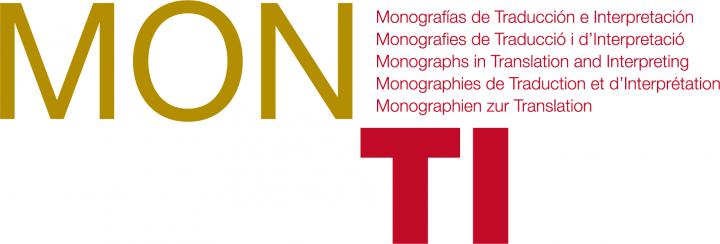Patrice Bret
Annals of Science, 2015
Summary
Eighteenth-century scientific translation was not just a linguistic or intellectual affair. It included numerous material aspects requiring a social organization to marshal the indispensable human and non-human actors. Paratexts and actors’ correspondences provide a good observatory to get information about aspects such as shipments and routes, processes of translation and language acquisition (dictionaries, grammars and other helpful materials, such as translated works in both languages), texts acquisition and dissemination (including author’s additions and corrections, oral presentations in academic meetings and announcements of forthcoming translations).The nature of scientific translation changed in France during the second half of the eighteenth century. Beside solitary translators, it also happened to become a collective enterprise, dedicated to providing abridgements (Collection académique, 1755–79) or enriching the learned journals with full translations of the most recent foreign texts (Guyton de Morveau’s ‘Bureau de traduction de Dijon’, devoted to chemistry and mineralogy, 1781–90). That new trend clearly had a decisive influence on the nature of the scientific press itself. A way to set up science as a social activity in the provincial capital of Dijon, translation required a local and international network for acquiring the linguistic and scientific expertise, along with the original texts, as quickly as possible. Laboratory results and mineralogical observations were used to compare material facts (colour, odour, shape of crystals, etc.) with those described in the original text. By providing a double kind of validation – with both the experiments and the translations – the laboratory thus happened to play a major role in translation.
The nature of scientific translation changed in France during the second half of the eighteenth century. Beside solitary translators, it also happened to become a collective enterprise, dedicated to providing abridgements (Collection académique, 1755–79) or enriching the learned journals with full translations of the most recent foreign texts (Guyton de Morveau’s ‘Bureau de traduction de Dijon’, devoted to chemistry and mineralogy, 1781–90). That new trend clearly had a decisive influence on the nature of the scientific press itself. A way to set up science as a social activity in the provincial capital of Dijon, translation required a local and international network for acquiring the linguistic and scientific expertise, along with the original texts, as quickly as possible. Laboratory results and mineralogical observations were used to compare material facts (colour, odour, shape of crystals, etc.) with those described in the original text. By providing a double kind of validation – with both the experiments and the translations – the laboratory thus happened to play a major role in translation.
Published online: 29 Apr 2015
http://www.tandfonline.com/doi/abs/10.1080/00033790.2015.1034780



